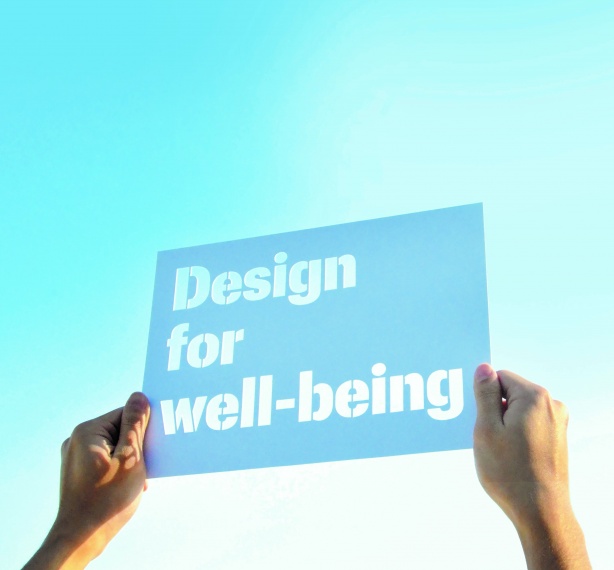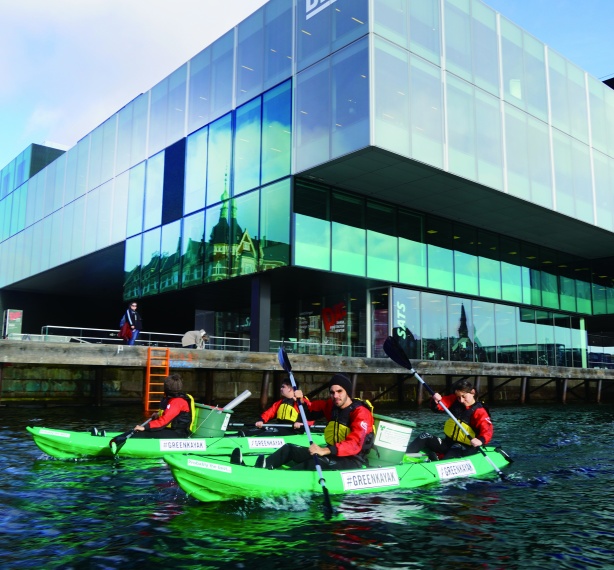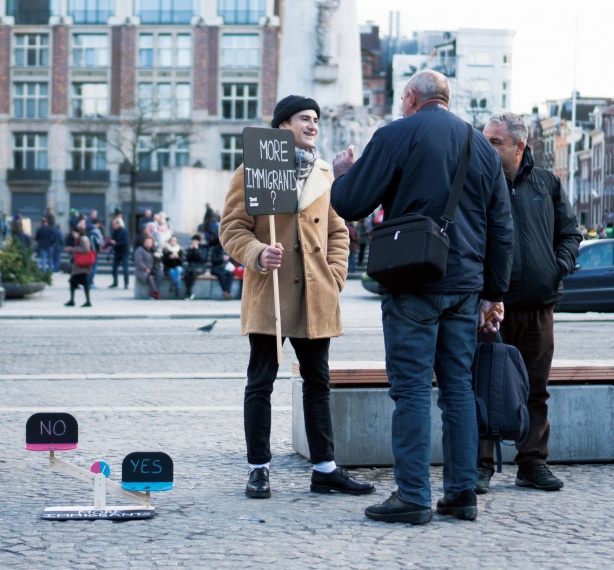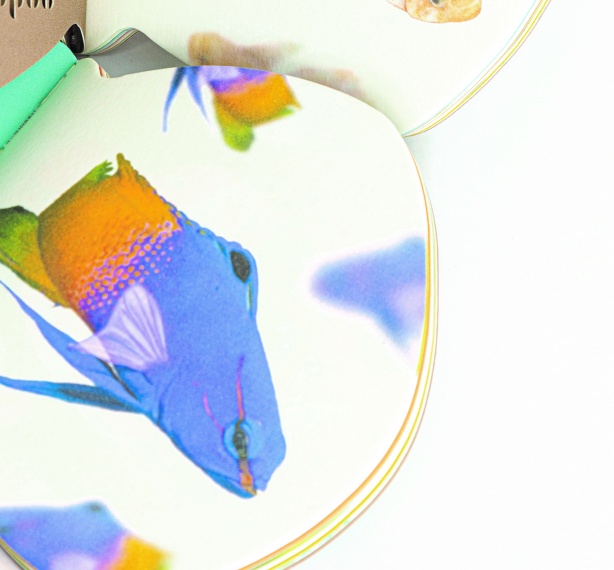The Simplicity of Wellness Design
Text by Steve Jarvis

|
Design as a discipline, as a practice, and as an objective can be defined by its forward-looking approach to the world. No matter the form, if the focus is purely on aesthetics, or motivated solely by profit, a design will ring hollow for lack of a deeper purpose. This issue of Signed is the second in a series of three that shines a spotlight on the positive role design can play in making a better society for all its inhabitants. It is an approach to design that echoes the Hong Kong Design Institute’s vision for a future based upon a Design for Well-Being philosophy. |
Others

最新動態 | 1 May 2020
Design For Well-Being

最新動態 | 1 May 2020
Fashion Endeavours - 2020 DFA Hong Kong Young Design Talent Awards

最新動態 | 1 May 2020
The Road of My Cyber Physical Hands

最新動態 | 1 May 2020
Wellness by Design

最新動態 | 1 May 2020
Good Gym - Fit Bodies Make Healthy Communities

最新動態 | 1 May 2020
GreenKayak - Paddling to a Better Environment

最新動態 | 1 May 2020
Street Debater - Conversations for a Better Society

最新動態 | 1 May 2020
Bakery Simplicity - A Recipe for Building Better Communities

最新動態 | 1 May 2020
Shared Studios - Portals to Better Understanding

最新動態 | 1 May 2020
Printed Passion - The 31st Hong Kong Print Awards 2020

最新動態 | 1 May 2020
Jewellery - Jadeite Connections

最新動態 | 1 May 2020
Ones to Watch - Dress-up Sai Kung
